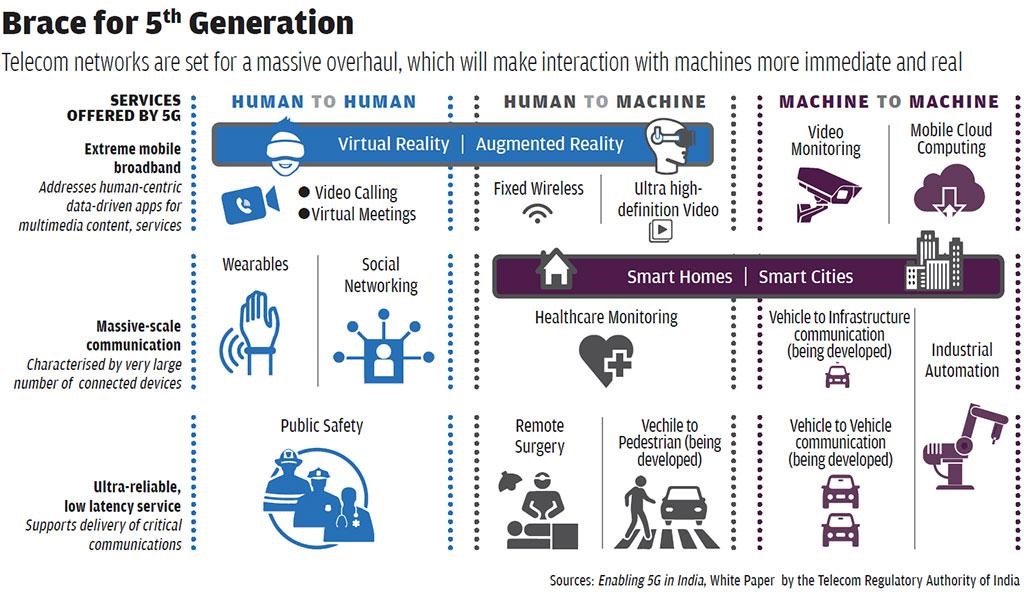5G cell towers are a new type of antenna that's being used by wireless companies to provide internet services. They're more capable than 4g towers and they can be much bigger and stronger.
Cities are increasingly worried that these towers may harm their residents. These concerns include aesthetic, privacy, and health concerns.
They're Bigger
With 5G, the frequency of radio signals is higher than 4G- which means it needs more towers to transmit information. This will increase the amount radiation that can be emitted into the environment.
what is a safe distance from a 5g cell tower is a major concern for HOA communities as well as real estate investors, as well as those concerned about the negative health impacts. They fear that adding additional 5g towers will decrease the value of properties and adversely impact the health of the public.
The only way to solve this is to alter how we communicate - by using WiFi instead of the traditional cell networks. That's not going to occur overnight however it will happen eventually.

But how will that be accomplished? How can we make it safer? The answer is in the technology of a cell tower called small cells.
They're more expensive
If you live in the city, you've likely seen large towers of cell equipment that are situated on top of towers and other structures. These are cell towers with 4G and they're used to provide wireless internet service to nearby regions.
They're typically 50-200 feet high, and they're constructed to blend into the environment to reduce their aesthetic impact. Compared to 4G, 5G technology requires much denser tower coverage to offer wide-area coverage.
These cell towers can make it difficult for them to keep because they require being constantly active and providing fast speeds. In the end, they're more costly than other types of towers.
If what is a safe distance from a 5g cell tower 're a tower owner , or an operator for mobile networks, it's logical to upgrade your existing towers to 5G to take advantage of new technologies coming to market. Incorporating these latest technologies into existing sites will help to improve the functionality of the site and ultimately lead to more profits for you.
They're even more deadly
What is it that makes 5g towers bad?
One of the main problems with 5G towers is that they emit more radiofrequency radiation than other types of towers. This is due to the fact that they have to be placed more densely across an area to ensure coverage.
The radio waves emitted from cell phone towers don't contain enough energy to harm DNA directly or heat body tissues, but they can break down chemical bonds in DNA, which may damage cells and cause cancer.
It is a reason to be concerned that living in close proximity to the 5G tower could cause negative health effects.
That's because 5g towers are more likely to be placed close to homes and schools where they can transmit rf waves all the time. They will be closer to you than before and there is a greater chance that the radiation will be absorbed into your body.
They're Not Necessary
5G networks rely on the new segment of the radio spectrum to transmit data. They are called millimeter waves. They're much shorter than conventional radio waves, at less than 1-10mm in length. They have higher frequencies and can transmit more energy.
In https://te.legra.ph/How-to-Wear-Clothes-to-Prevent-EMF-03-26 to provide the super-fast speeds and low latency that 5G promises, you need to have a huge network of cell towers. This requires a lot of masts that cover cities, roads, business districts, colleges and even farms.
However, there are other alternatives to provide high-speed internet in densely populated areas. One option is to create tiny cell sites that are densely distributed to fill in gaps in coverage.
However, the biggest concern is where these tiny cells will go and how they'll affect residents. Local governments and residents are trying to find ways to block the installation or stop it from occurring in their neighborhoods.
